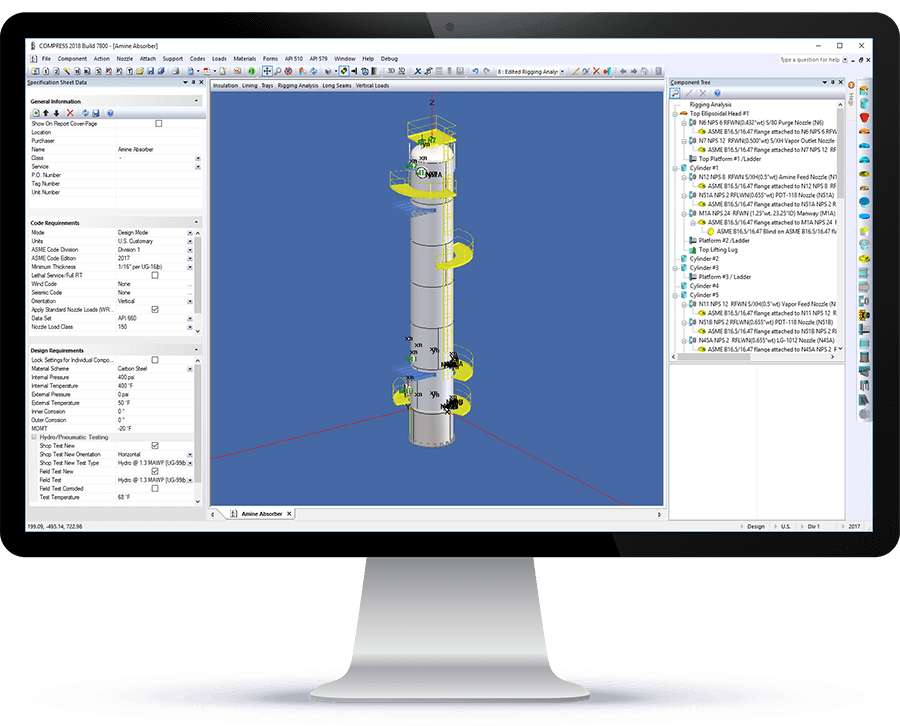Miter bend fabrication: Each pipe section must be cut at the calculated miter cut angle (α), and the sections must be aligned and welded together to form the bend. Bend radius: ASME B31.1 and B31.3 require that the bend radius (R) should be at least three times the nominal pipe diameter (D) for miter bends with up to three miters, and at least five times the nominal pipe diameter for bends with more than three miters.Miter cut angle (α): The angle at which each pipe section is cut can be calculated as follows: Miter bend angle (θ): The total bend angle (θ) can be determined by the desired change in direction of the pipe.
Number of miters (n): The number of miters (pipe sections) should be such that the included angle between two consecutive pipe sections is less than or equal to 22.5 degrees for optimal performance. Below are some of the key considerations and calculations related to miter bends: ASME B31.1 (Power Piping) and ASME B31.3 (Process Piping) provide guidance on the fabrication and installation of miter bends. Miter bends are formed by joining several straight pipe sections cut at specific angles to form a bend.
The American Society of Mechanical Engineers (ASME) provides guidelines for designing and constructing piping systems, including miter bends.



